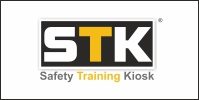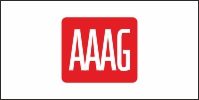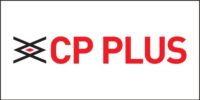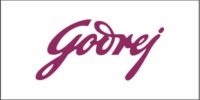 The Working Load Limit (WLL) is the maximum load that equipment is designed to handle under normal operating conditions. This value is determined and specified by the manufacturer and includes a safety factor to ensure safe usage.
The Working Load Limit (WLL) is the maximum load that equipment is designed to handle under normal operating conditions. This value is determined and specified by the manufacturer and includes a safety factor to ensure safe usage.
The Safe Working Load (SWL), on the other hand, is the maximum load that can be safely lifted by a piece of lifting equipment as determined by a competent person under specific service conditions. The SWL is documented in thorough examination reports.
Although the SWL can sometimes be the same as the WLL, it may also be lower due to various factors such as operating conditions and the state of the equipment. Therefore, WLL is sometimes referred to as the maximum SWL.
Some believe that the SWL can change based on the method of lifting and the angles involved. For instance, in a Basket Hitch lifting method, the SWL may exceed the WLL. However, manufacturers typically refer to the load capacity under different conditions as the WLL, with specific restrictions mentioned for each situation, as illustrated in their load tables.
The discrepancy between SWL and WLL values often arises due to operating conditions and the equipment’s condition. At best, the SWL will equal the WLL but will not exceed it.
Fire Hazards Related to Welding
- Welding near flammable materials or liquids in confined spaces (e.g., tanks, pipes).
- Using welding equipment with damaged or worn-out electrical components (e.g., faulty switches, frayed cords).
- Not properly storing flammable gases or liquids in designated areas (e.g., oxygen, acetylene).
- Welding on surfaces with residual oil, grease, or other flammable substances.
- Not using fire-resistant welding curtains or screens to contain sparks.
- Welding near ventilation ducts or exhaust fans that could spread sparks.
- Not following proper welding procedures for welding on metal surfaces coated with flammable materials (e.g., paint, varnish).
- Using welding equipment with unauthorized modifications or repairs.
- Not properly training welding operators on fire safety procedures and emergency response.
- Welding in areas with inadequate fire suppression systems or no fire watch present.
- Not having a fire emergency response plan in place or not regularly practicing drills.
- Welding near flammable decorations, furnishings, or other combustible materials (e.g., wood, paper).
- Not using appropriate welding techniques for the specific welding process or material being welded (e.g., MIG, TIG, arc).
- Welding on surfaces with hidden flammable materials or debris, such as in walls or ceilings.
- Not properly disposing of welding debris and waste (e.g., sparks, slag).
- Not following proper hot work permit procedures.
- Welding near open flames or sparks from other sources (e.g., cutting, brazing).
Remember, fire safety is everyone’s responsibility! By being aware of these potential fire hazards, you can help prevent accidents and ensure a safe working environment.























































